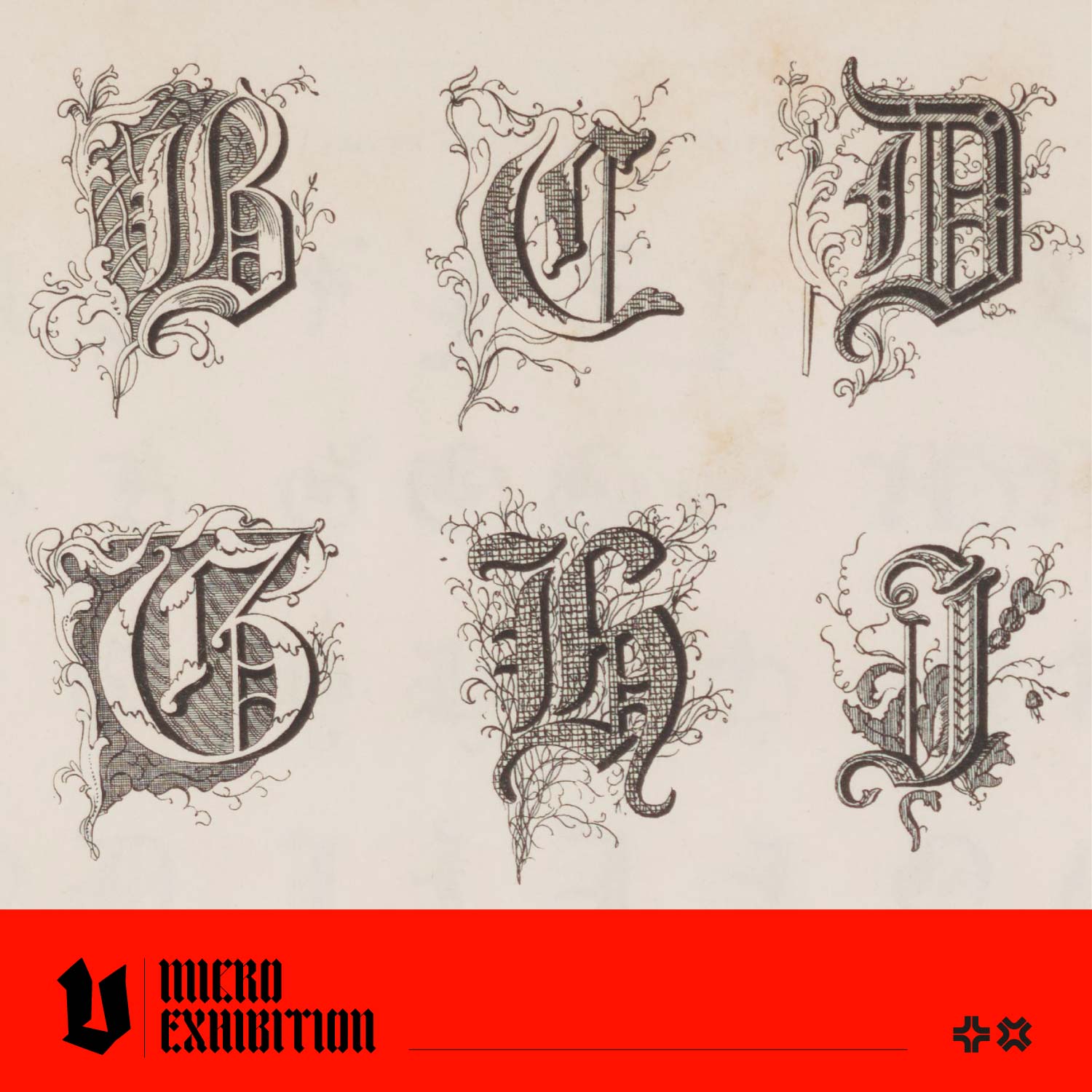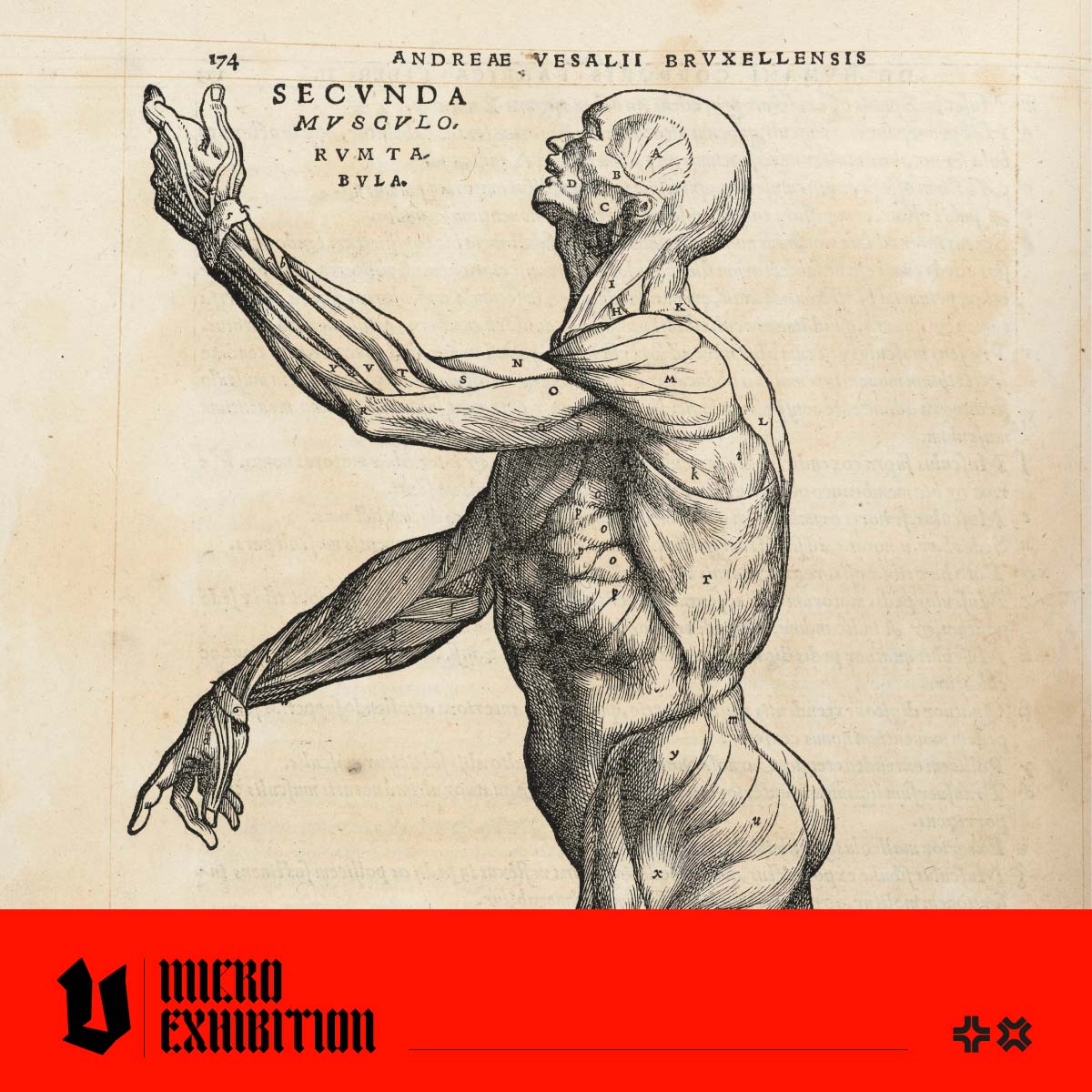Women in Engraving: Five Influential Historical Figures You Should Know
In this article, we'll focus on five remarkable female engravers who excelled in different genres of this craft. These women were renowned for their talent during their lifetimes, and their skills and artistry left a lasting impact. Read on to learn more!
Anna Maria Vaiani (c. 1655) was an Italian engraver renowned for her botanical engravings and artistic designs, primarily based in Rome. She was famous for her creative skills during her lifetime. Despite the prevailing norms of her era, she was affiliated with the painters' guild, Accademia di San Luca, and the scientific guild, Accademia dei Lincei. She also corresponded with Galileo for several years. Vaiani initially assisted her father in painting, completing many of his works after his death, including notable frescoes for Pope's Capella Segreta and chapels in the Vatican. She also created highly detailed botanical engravings, contributing to De Florum Cultura (currently in The Metropolitan Museum of Art.) She also produced the work Saint Mary Magdalene, Half-Length, image below via the Philadelphia Museum of Art.
Louise-Magdeleine Horthemels was a celebrated French engraver born in Paris in 1686. She hailed from a family of artists, with her sisters and husband also being engravers. Notably, her son, Charles-Nicolas Cochin the Younger, would later become the official engraver to the court of King Louis XV, continuing the family's artistic legacy. She died at her son's house in Paris in 1767.
Elizabeth Poulson, writing in Woman's Art Journal, explains that Horthemels' early engravings have a certain rigidity of line and emphasis on architectural detail. Poulson states that Horthemels' skill lay in engraving the work of others so that their genius was revealed, and her style was suppressed. Her hand was sure, and her work shows a delicacy and clarity of touch, which were admired in her own time.
Louise-Magdeleine Horthemels left an enduring mark by engraving the works of renowned painters such as Nicolas Poussin, Charles Le Brun, Antoine Coypel, Michel Corneille the Younger, Claude Vignon, and Nicolas Lancret. Her dedication to capturing the essence of these artists' works ensured her reputation as a respected engraver.

Louise-Magdeleine (Called Madeleine Cochin) Horthemels - The Charming Doll, 1780
Marie Rosalie Bertaud, born in 1738, was a highly skilled French engraver. Her career flourished at a time when female engravers were a minority in the field, a testament to her exceptional talent and skill. She received her artistic education under the tutelage of notable French engravers Pierre Philippe Choffard and Augustin de Saint-Aubin.
Marie Rosalie Bertaud's body of work primarily focused on reproducing the seascapes of Claude-Joseph Vernet. Her engravings were often created as pendant pairs, pictures usually displayed on either side of a fireplace or a door. Bertaud took artistic liberties in her reproductions of Vernet's compositions, where she would change figural arrangements, scale, and cropping, though it was noted she was very loyal to the original intentions of the work.
A hallmark of her craft was her practice of engraving the compositions in reverse, ensuring that the printed engravings mirrored the orientation of the original paintings. One standout example from her exceptional body of work is 'The Dangers of the Sea' (Les dangers de la mer), where Bertaud departed from her usual practice and created a mirror image of the original painting. Marie Rosalie Bertaud's contributions to the art of engraving showcased not only her technical expertise but also her ability to breathe life into the captivating seascapes of Claude-Joseph Vernet, solidifying her reputation as a distinguished engraver in a male-dominated field.

The Boat Set Afloat, Marie Rosalie Bertaud, French (1738 - ), After Claude-Joseph Vernet, French (Avignon 1714 - 1789 Paris)
Angelica Kauffman RA (1741 – 1807) was one of the most celebrated artists of the 18th century. She reinvented the genre of history painting with her emphasis on female protagonists from classical history and mythology. She was a child prodigy who grew into one of Europe's most sought-after painters who helped shape its artistic direction. Well-known for her celebrity paintings, some of the most influential figures of her day sat for her, including queens, aristocrats, actors and socialites. She was a founding member of the Royal Academy. The Victoria and Albert Museum says, "Some of Kauffman's most interesting prints are her female personifications of John Milton's poems, L'allegro, and Il Penseroso. Though she was not the first to imagine the characters as women rather than men, these prints show her clear interest in female subjects."

L'Allegra, print, by Angelica Kauffman, published by Torre & Co., 1779, London, England. © The Trustees of the British Museum
Elizabeth Blackwell (1699 –1758) was a botanical illustrator and author best known as the artist and engraver of the plates of 'A Curious Herbal,' a medical botanical reference book published between 1737 and 1739.
She married Alexander Blackwell, but a series of poor business decisions consigned him to a debtor's prison for two years. Needing an income, Blackwell utilised her artistic training. She spotted a gap in the market for an herbal guide depicting exotic New World plants. She illustrated and engraved it, and her husband, who had medical training, would write the descriptions of the plants and confirm the correct names in Latin, Greek, Italian, Spanish, Dutch, and German during her prison visits. Isaac Rand, then curator of the Chelsea Physick Garden, assisted her with botanical information, as many of the new plants were cultivated under his care. Blackwell drew over 500 images from life and engraved and coloured the illustrations. A Curious Herbal was successful and acclaimed by apothecary physicians and commended by the Royal College of Physicians. The book raised enough money to release Alexander from prison; however, new debts built up, and the Blackwells eventually sold their rights to the book to settle these. She was buried in Chelsea on 27 October 1758. Blackwell has a genus of plants named after her, Blackwellia of the class Dodecandria Pentagynia.

Image from Elizabeth Blackwell's A Curious Herbal, via Sotheby's
Interested in Learning More?
If you're feeling inspired to get creative, check out a selection of our titles recommended by printmakers, graphic designers, collagists, illustrators and fine artists.








